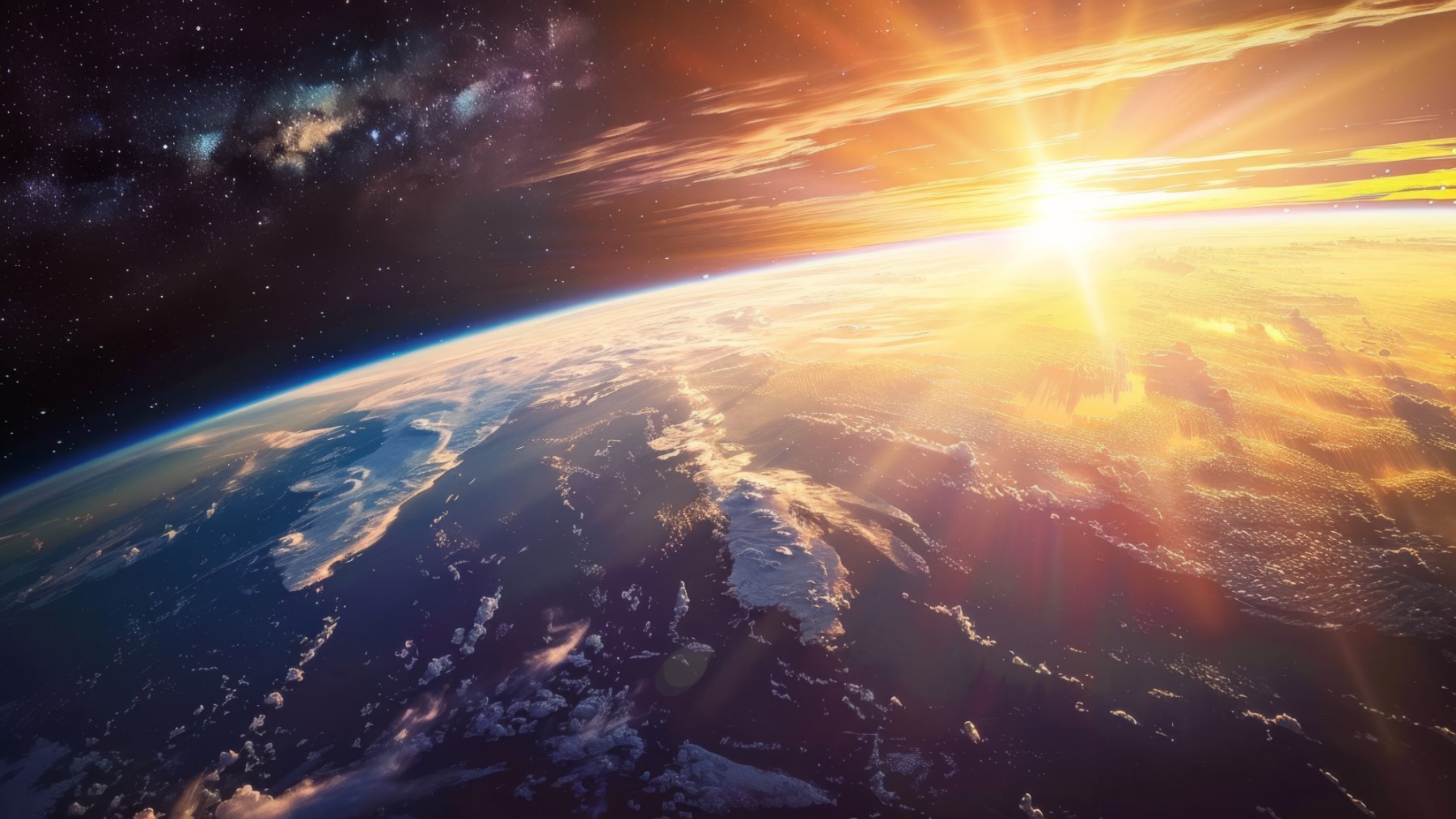If you’re worried about the end of the world, you can scratch asteroids and climate change off the list of final threats —at least in the very long term. According to new research from Toho University in Japan, supported by NASA modeling, the slow fade of life on Earth won’t come with a bang. Instead, it’ll happen with a lack of breathable air.
That’s right: the distant future of Earth won’t end in fire or ice, but in something far more subtle: oxygen loss. And while that sounds ominous, you can relax. This isn’t something that will affect you, your children, or even your great-great-great-great-grandchildren. In fact, the end is about a billion years away, give or take a few hundred million.
The Science Behind
Scientists from Toho University used planetary and atmospheric simulations to study how Earth’s climate and chemical makeup will evolve over geological time. Their findings? Around 1 billion years from now, the Sun will become hotter and more luminous, which will gradually disrupt Earth’s delicate balance of gases.
As temperatures rise, the carbon cycle —which helps plants photosynthesize— will break down. That means less plant life, and in turn, less oxygen production. Eventually, Earth’s atmosphere will revert to a state that resembles its ancient past: low in oxygen, and rich in methane and other greenhouse gases. Here’s how the long fade-out will go: As the Sun brightens over time, more water will evaporate from Earth’s surface. That changes cloud cover, atmospheric circulation, and surface temperatures. With plants struggling to survive the heat, the oxygen they produce declines steadily.
Eventually, the remaining breathable air is used up, and aerobic organisms —those that rely on oxygen— begin to die off. The only survivors might be anaerobic bacteria, tough microbes that thrived on early Earth before oxygen ever entered the atmosphere.
But I’ve Heard of Other Doomsday Scenarios…
Sure, the list of “how Earth ends” is long. But this new projection offers a long-term view based on stellar and atmospheric science, not speculation.
- Climate change, while urgent today, is not what ends all life — it’s a human-scale problem that spans centuries, not billions of years. Earth will survive, just without us.
- Meteorite impacts are possible, but extremely rare. The kind that killed the dinosaurs happens roughly once every 100 million years.
- Nuclear war or pandemics could make life hard for us, but they wouldn’t stop microbial life or erase all oxygen.
In contrast, this oxygen loss is slow, unstoppable, and based on how stars like our Sun evolve over time.
What Happens After the Oxygen Is Gone?
When Earth finally exhales its last breath of oxygen, it won’t be a quick collapse. The planet will likely enter a long, lifeless phase that may still be geologically active —just biologically boring. No forests. No birds. No buzzing insects.
But deep underground, or in isolated hot springs, bacteria and microbial life might carry on, as they did billions of years ago. It’s not the end of Earth as a planet — just the end of Earth as a host for complex life. And when the Sun eventually swells into a red giant some 4 to 5 billion years from now, Earth will be scorched, and possibly engulfed. But by then, Earth will have been quiet for a very long time.
So… Should We Be Worried?
Not at all. This isn’t an emergency — it’s a reminder of our place in cosmic time. Humanity’s biggest challenges are here and now: fighting climate change, preserving biodiversity, and keeping our planet livable for the next few centuries. The billion-year forecast is more of a curiosity than a concern.
Still, it’s humbling to know that everything we rely on (from every breath to every blooming flower) has an expiration date built into the physics of our solar system.



